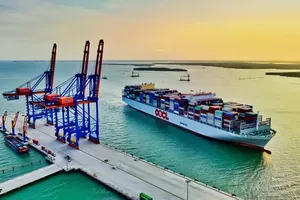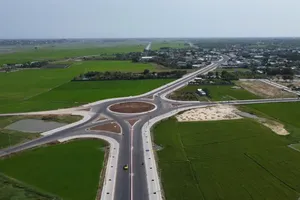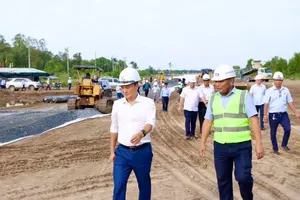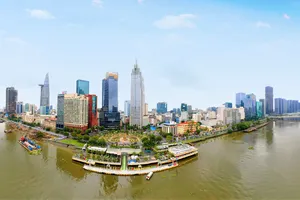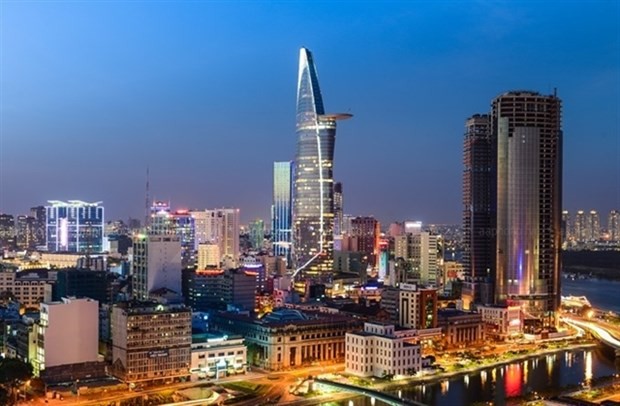 |
A view of HCMC (Photo: VNA) |
Of the total GHG emissions in 2022, more than 60 million tonnes of CO was released in HCMC. The amounts of the PM2.5 fine dust and hazardous gases like NO2, SO2, and CO were four to five times higher than the World Health Organisation standards.
Over 30 percent of the total emissions came from industrial activities such as textile, garment, and metal production. Road transport emitted more than 20 percent, and motorcycles were the biggest source of GHG emissions, according to the Institute for Environment and Resources at the Vietnam National University, HCMC
Nguyen Thi Thanh My, Deputy Director of the municipal Department of Natural Resources and Environment, said in its action plan on climate change response for 2021 - 2023, with a vision to 2050, the city looks to cut down 10 percent of GHG emissions by 2030 and work towards a low-carbon economy.
To that end, the department has instructed establishments and businesses working in the industrial production, transport, energy, agricultural, and waste treatment sectors to calculate and report their emission volumes.
The reporting will help authorities better monitor and manage GHG emitting activities and take response measures, she went on.
The department has also encouraged local enterprises to proactively build GHG emission reduction plans and step up technology applications to waste and wastewater collection and treatment. Many initiatives have been carried out and reaped initial results, My noted.
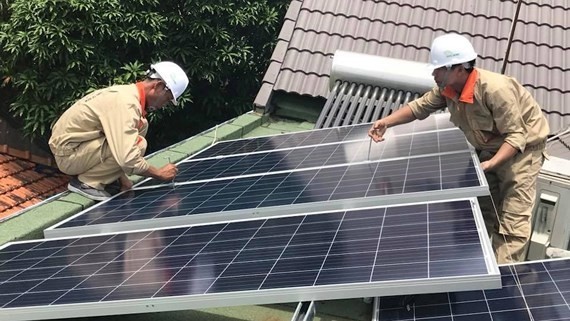 |
Workers install solar power panels. (Photo: SGGP) |
Meanwhile, HCMC is also implementing a project to develop measures for limiting personal vehicles and increasing the connectivity between them and public transport in order to encourage public transport use. This project is expected to help reduce 44,638 tonnes of CO2 each year, according to Deputy Director of the municipal Transport Department Bui Hoa An.
Transport authorities will pilot charging stations for electric vehicles to decrease fossil fuel consumption and promote the use of environmentally friendly vehicles, he said, adding that they will also devise measures for replacing petrol and diesel with clean fuel for buses.
Up to 56,771 tons of CO2 could be reduced annually if clean fuel is used, the Transport Department estimated.
Another GHG reduction measure is to expand urban greenery. HCMC plans to increase the area of parks by at least 150ha and public green space by 10ha, which means it will need to plant 10 million trees.
In early 2022, the municipal People’s Committee and the World Bank established a joint working group that comprises eight technical groups to develop eight projects serving local development.
Among them, the low-carbon emission group was tasked with making plans and proposals on GHG reduction for 2022 - 2025. Based on its recommendations, the city’s administration will submit suggestions for tackling policy obstacles to ministries and central agencies, and attract financial and technical support from the World Bank and other partners for low-carbon development efforts.



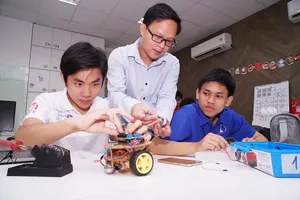

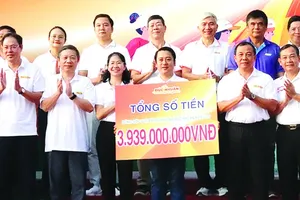

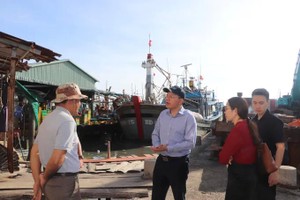
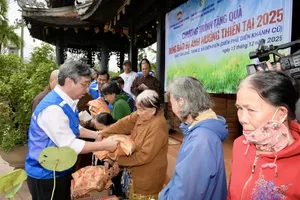

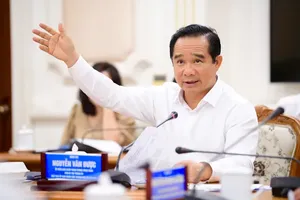
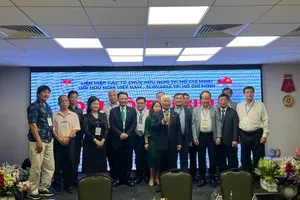

)
